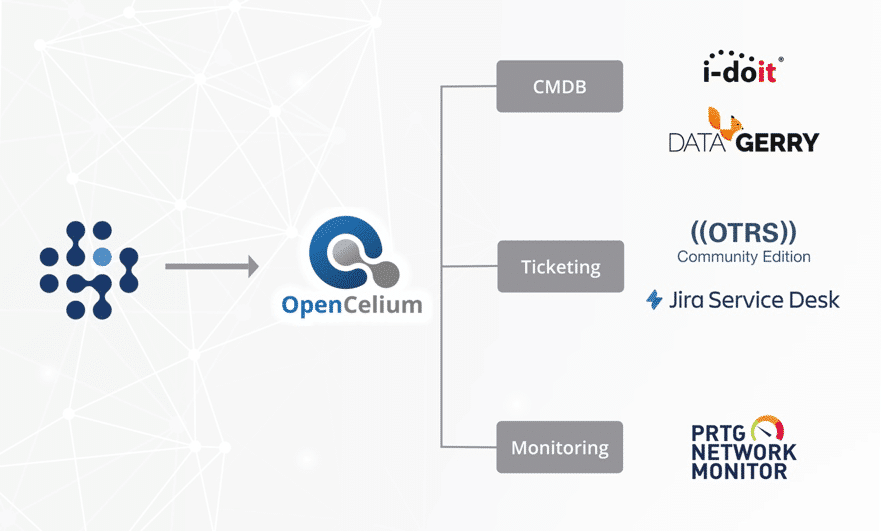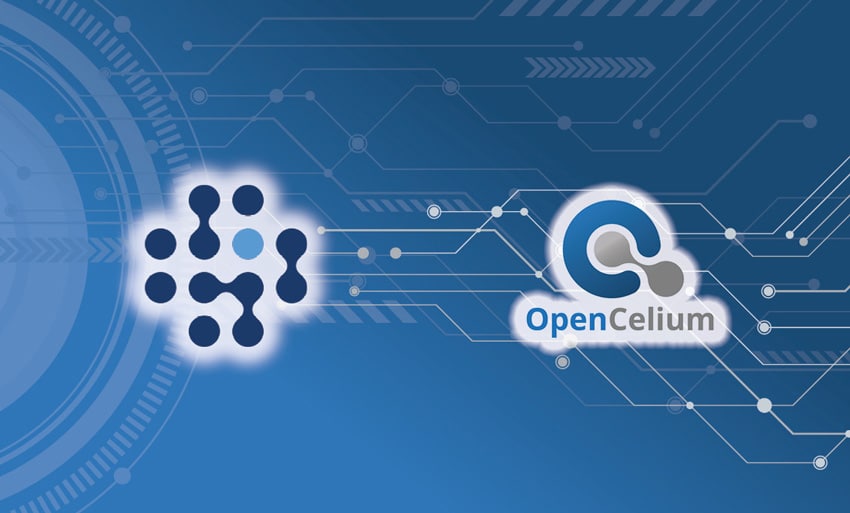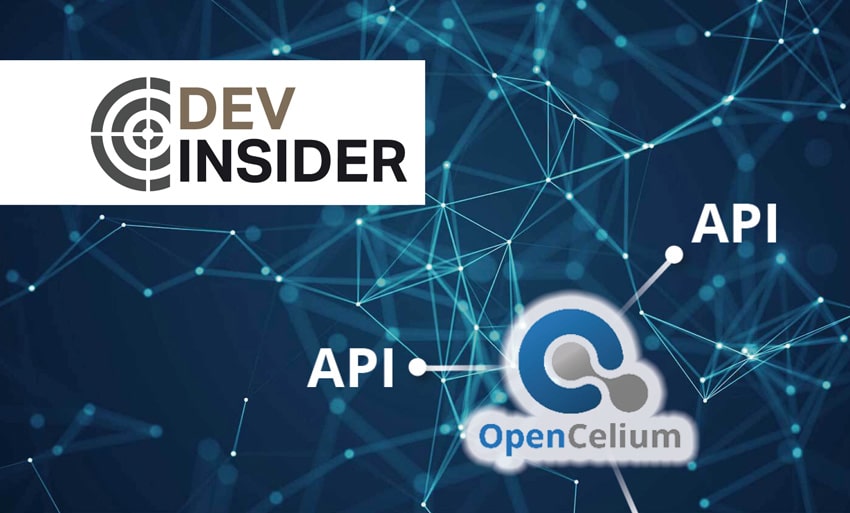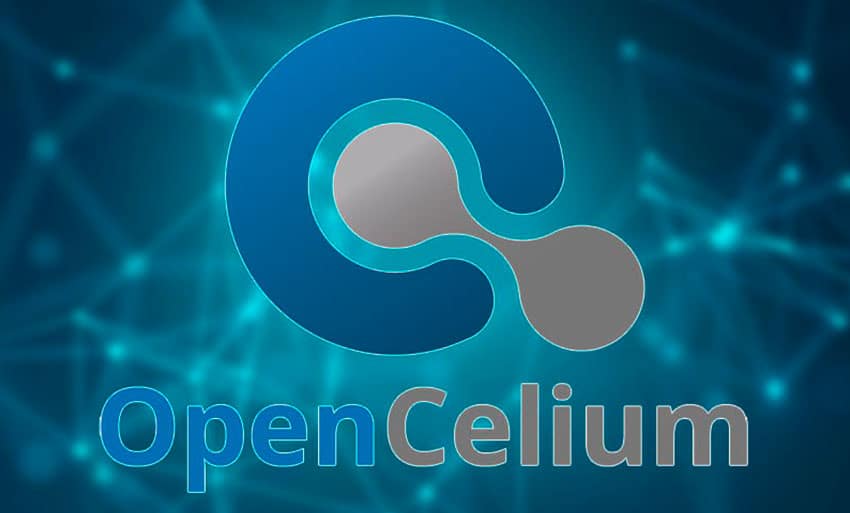
Jakob Semere, CTO – becon GmbH

Simon Stein, CEO – LOGINventory


Integrations with LOGINventory and OpenCelium

CMDB integration: LOGINventory and i-doit / DataGerry
Ticketing integration
Monitoring integration: LOGINventory and PRTG
Further integrations are already being planned.

7 quick tips: How to successfully digitize your processes.

The following 7 tips will help you digitize your business processes. One challenge in the programmatic mapping of IT or business processes is overcoming application boundaries. At some point, the functional spectrum of an application comes to an end and you have to pass the data baton to another application so that the process can continue undisturbed without any manual intermediate steps. In our whitepaper, we tell you how this works.
Request whitepaper now
Specialist articles on Open Celium
Get information about OpenCeliumUpdates, releases, new whitepapers, tutorials and current events.
Get information about OpenCeliumUpdates, releases, new whitepapers, tutorials and current events.
blog
Articles on the topic of API management
OpenCelium | Minor Release 4.5 now available
OpenCelium 4.5 is here – with powerful new features such as flexible AND/OR logic, optimized logging, support files at the touch of a button and improved security with a master password.
Our event agenda 2025: Meet the OpenCelium team
Whether as an exhibitor or speaker – the OpenCelium team is looking forward to a personal exchange with you. In our presentations, we will show how OpenCelium, as a powerful API integration platform, facilitates IT automation and seamlessly connects your systems.
More control, fewer restrictions: OpenCelium optimizes its subscription model with version 4.4
OpenCelium announces the introduction of a new subscription model based on the use of API operations with the 4.4 release. This new model replaces the previous pricing structure, which was based on the number of business templates (interface templates) provided.
CONTACT
Get in touch with us!
Do you have any questions, suggestions, requests or are you facing a particular challenge? We look forward to hearing from you!









